NASA says Asteroid 2023 WZ3 will pass Earth today; Know details of this close encounter
An Apollo group asteroid designated as Asteroid 2023 WZ3 is expected to pass Earth today, January 11, NASA has revealed. Know its speed, size, distance of approach, and other details.
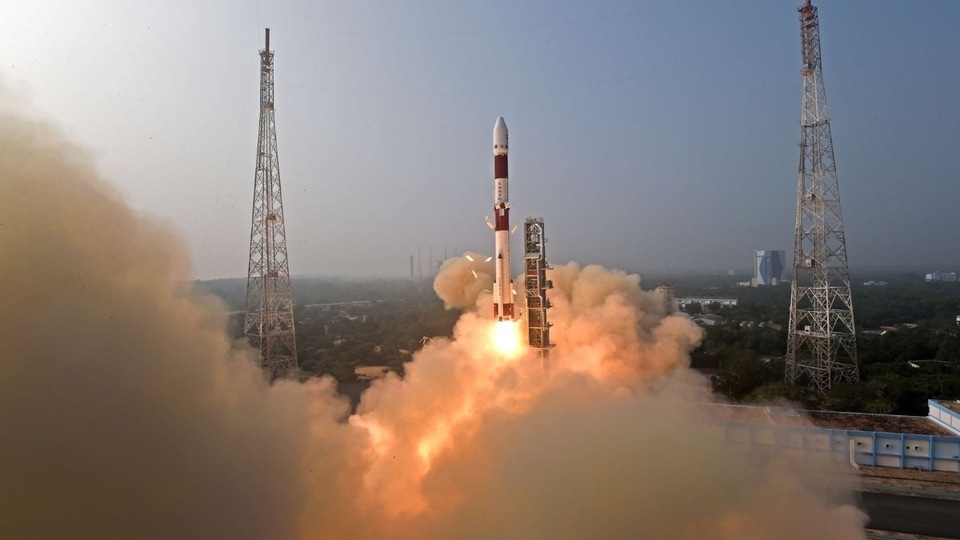
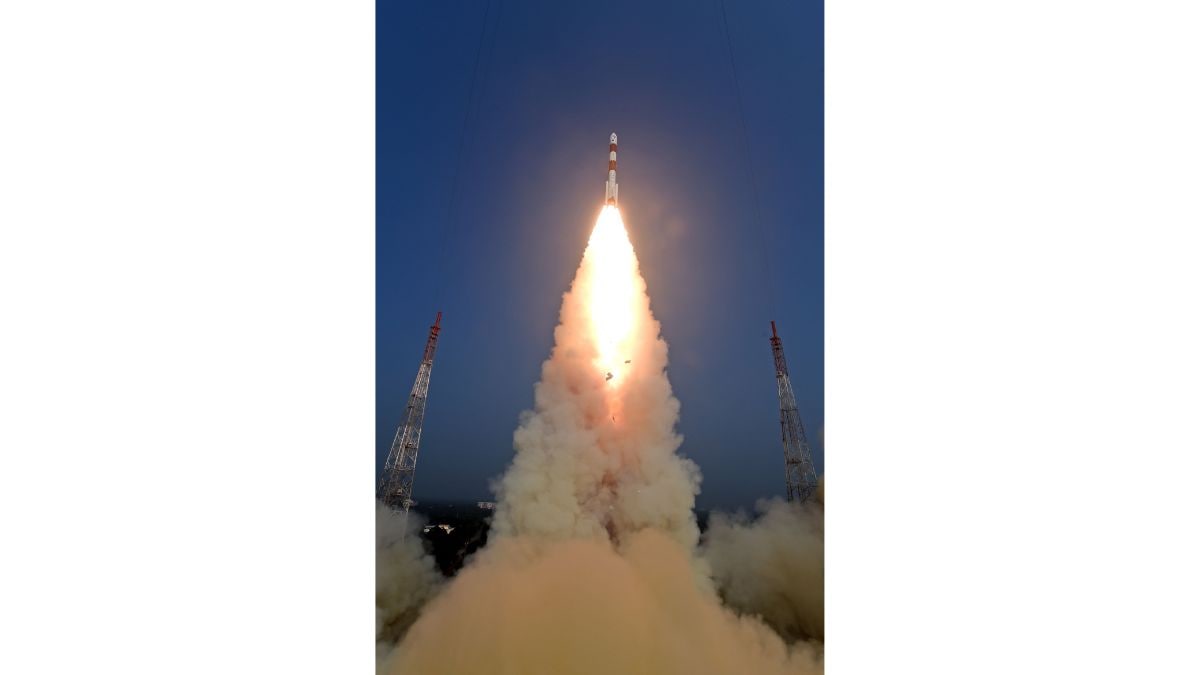
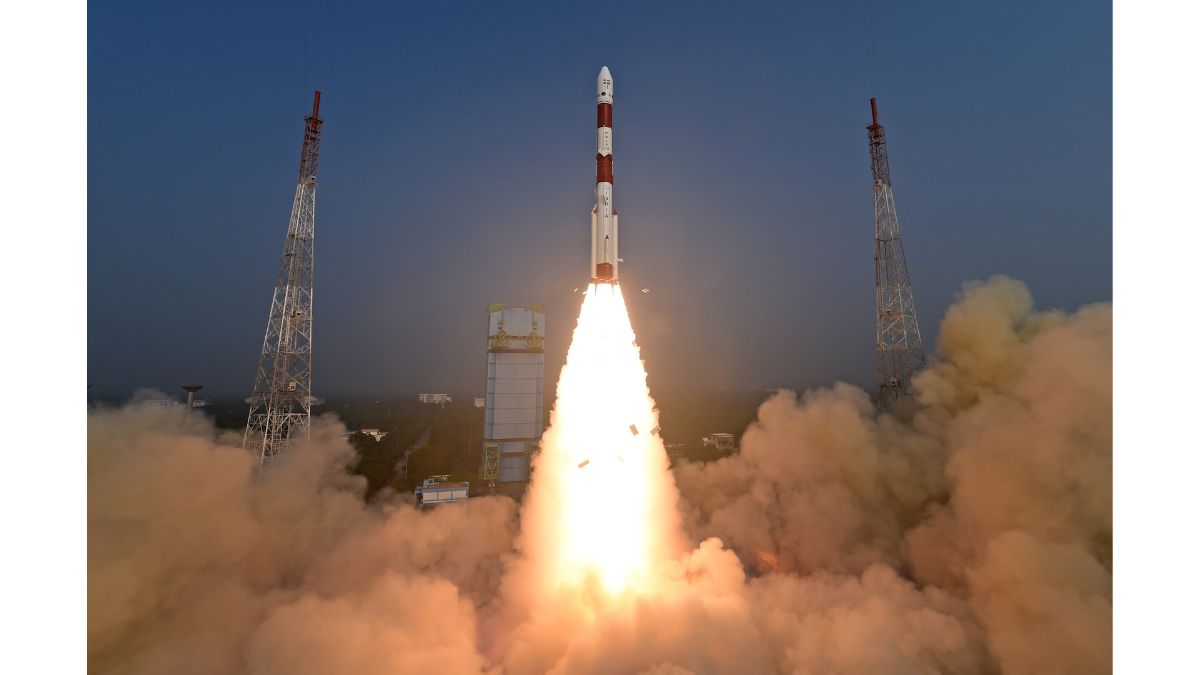
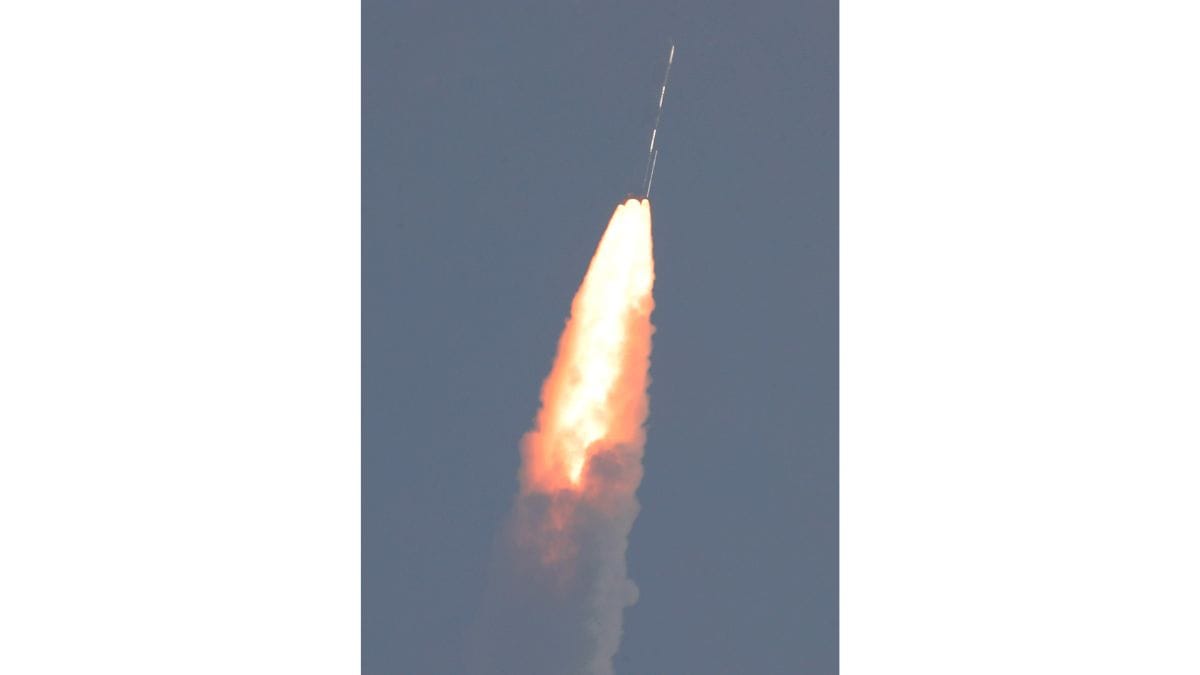
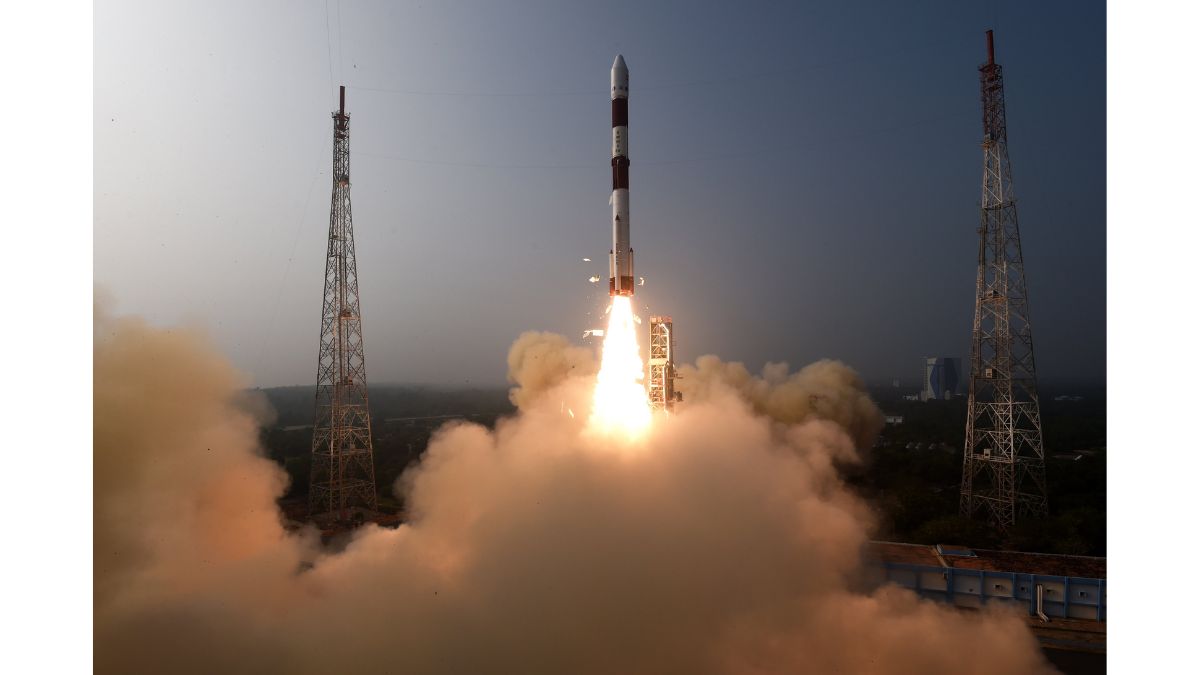

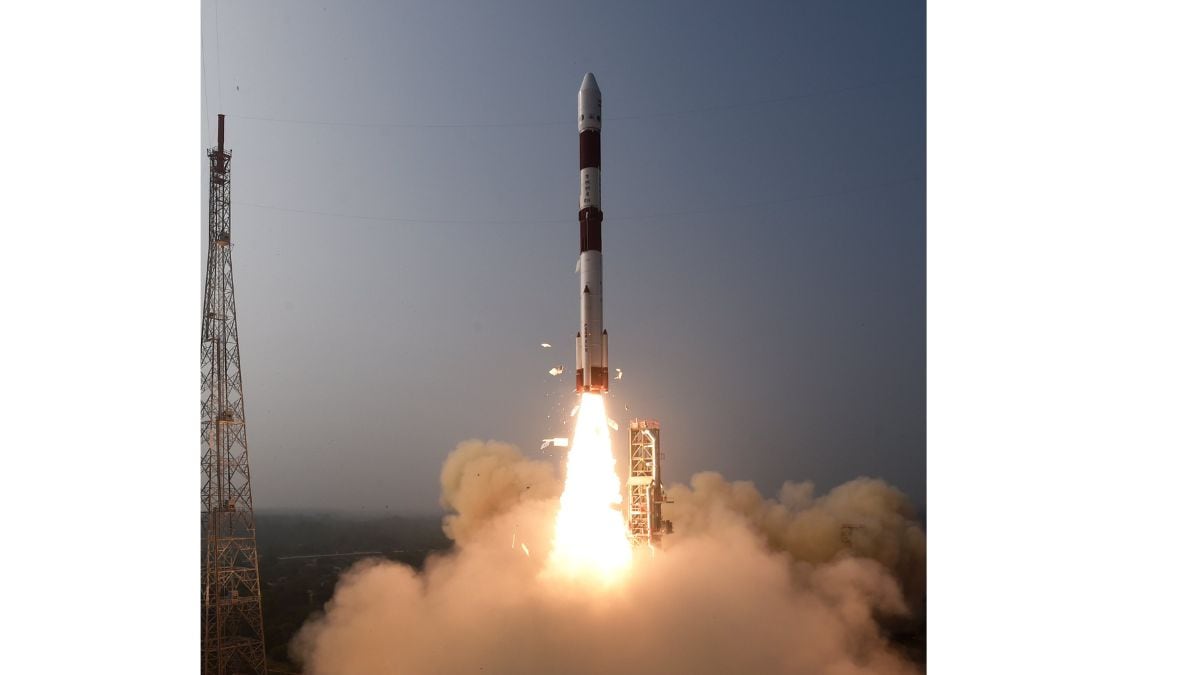
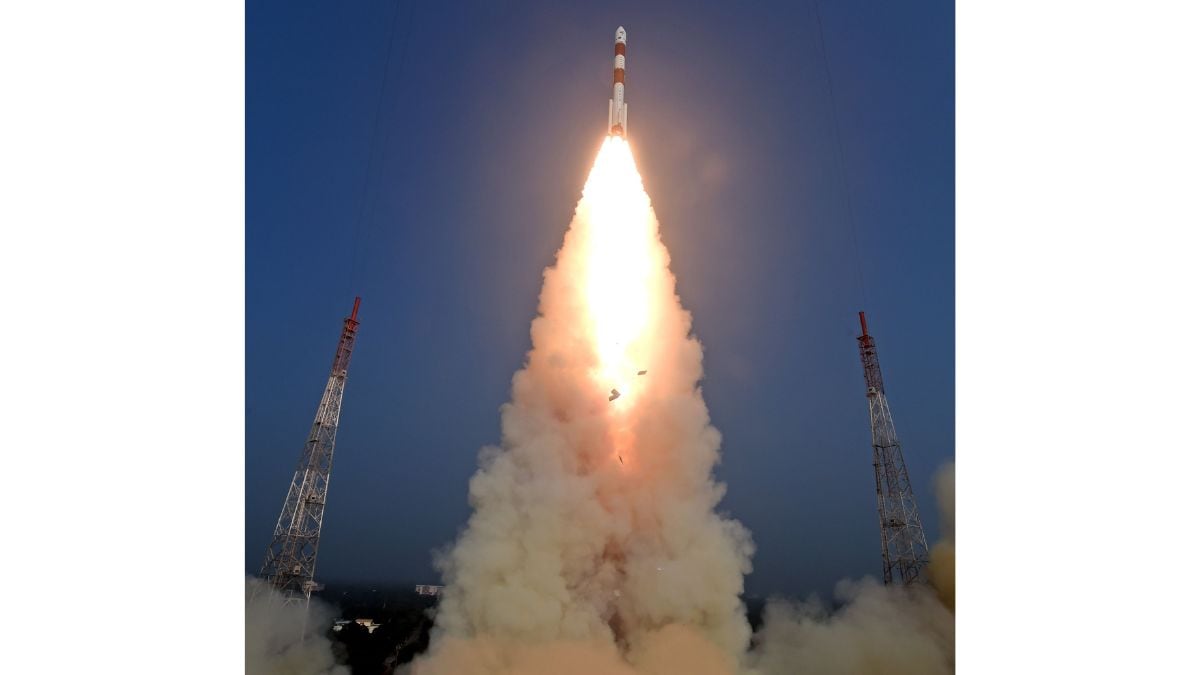
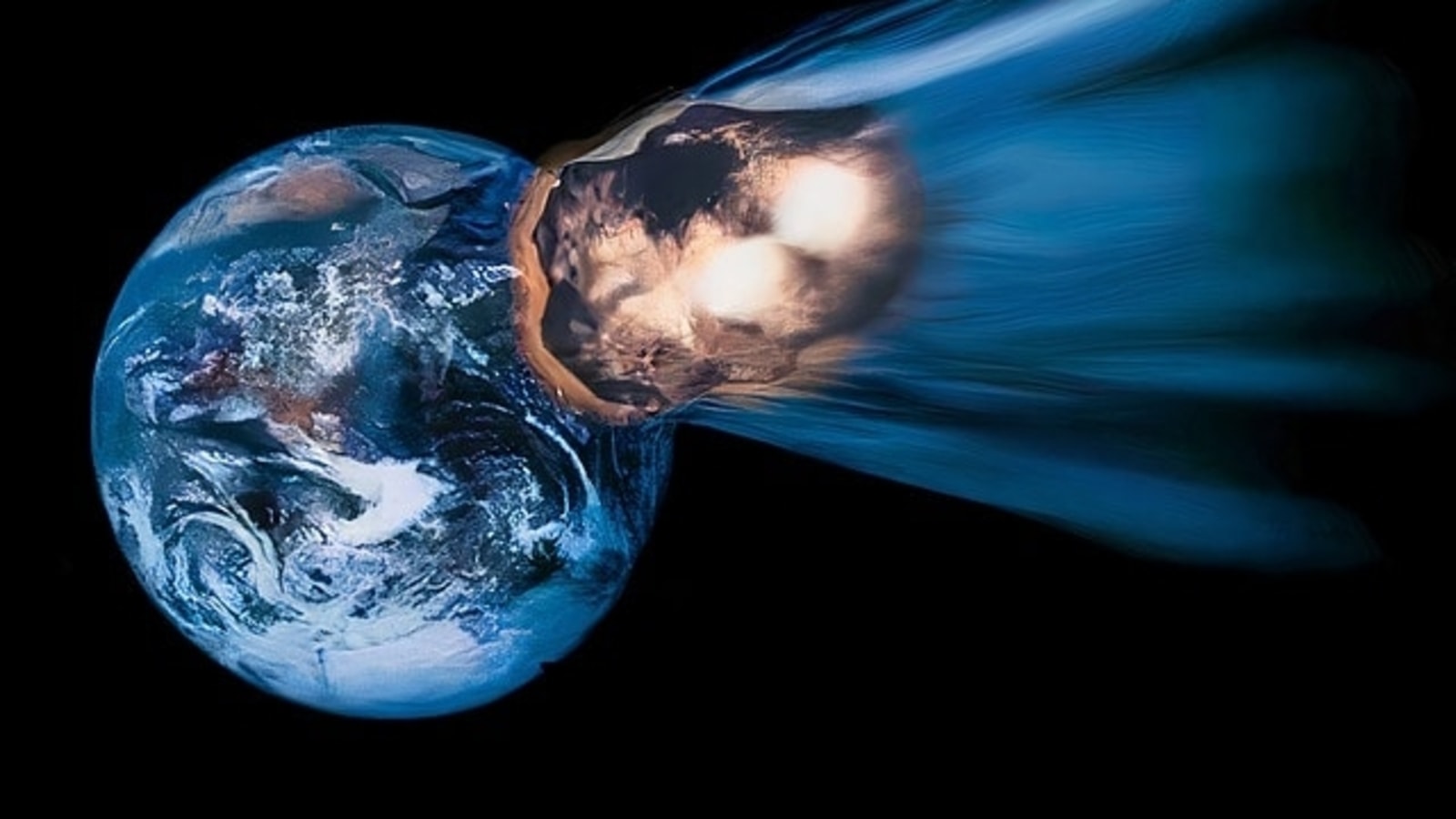
 View all Images
View all ImagesWhile these space rocks are millions or even billions of kilometers away from Earth, located in the main asteroid belt between the orbits of Mars and Jupiter, their orbits bring them close to Earth on some occasions. Spacecraft such as Dawn, OSIRIS-REx, and Hayabusa2 have helped in discovering and studying asteroids, unlocking their secrets. Moreover, NASA has several space telescopes and ground-based observatories in place such as the NEOWISE telescope, Atacama Large Millimeter/submillimeter Array (ALMA), Pans-STARRS1, Catalina Sky Survey, the Hubble Space Telescope and the new $1 billion James Webb Space Telescope.
With the help of such advanced tech, NASA has revealed that this is the case today as an asteroid is expected to pass Earth by a close margin today, January 11. Know all about this close encounter.
Asteroid 2023 WZ3: Speed, size, and more
The asteroid has been designated as Asteroid 2023 WZ3 by NASA's Center for Near-Earth Object Studies (CNEOS). This Near-Earth Asteroid (NEA) is expected to make its closest approach to the planet at a speed of about 14352 kilometers per hour. During its closest approach, it will pass by the planet at a distance of approximately 6.1 million kilometers. It is important to note that while it has been termed as a Near-Earth Asteroid due to its close distance of passing, it is not expected to actually impact the planet.
It belongs to the Apollo group of Near-Earth Asteroids, which are Earth-crossing space rocks with semi-major axes larger than Earth's. These asteroids are named after the humongous 1862 Apollo asteroid, discovered by German astronomer Karl Reinmuth in the 1930s.
How big is the asteroid?
According to NASA, Asteroid 2023 WZ3 is approximately 115 feet wide, making it almost as big as an aircraft! It is larger than the Chelyabinsk asteroid which caused destruction in 2013, damaging over 7000 buildings and leaving nearly 1000 people injured. Despite its size, the asteroid has not been termed as a Potentially Hazardous Asteroid. Only celestial objects larger than 492 feet that pass Earth at a distance closer than 7.5 million kilometers are designated so.
According to NASA, Asteroid 2023 WZ3 has passed Earth before. It first came close to Earth on May 15, 1970 when it passed the planet by 73 million kilometers. After today, this Apollo group asteroid will fly by Earth on October 18, 2036, and it will do so at approximately 68 million kilometers.
Also, read these top stories:
The AI Fight of the ages! False and misleading information supercharged with cutting-edge AI that threatens to erode democracy, the World Economic Forum said. Some interesting details in this article. Check it out here.
ChatGPT-Maker vs NYT! A barrage of lawsuits in a New York federal court will test the future of ChatGPT and other AI products.
Read all about it here.
The Suite Life! Chef-like robots, AI-powered appliances and other high-tech kitchen gadgets are holding out the promise that humans don't need to cook — or mix drinks — for themselves.
Jump in and see what's happening here.
One more thing! We are now on WhatsApp Channels! Follow us there so you never miss any updates from the world of technology. To follow the HT Tech channel on WhatsApp, click here to join now!
Catch all the Latest Tech News, Mobile News, Laptop News, Gaming news, Wearables News , How To News, also keep up with us on Whatsapp channel,Twitter, Facebook, Google News, and Instagram. For our latest videos, subscribe to our YouTube channel.





























